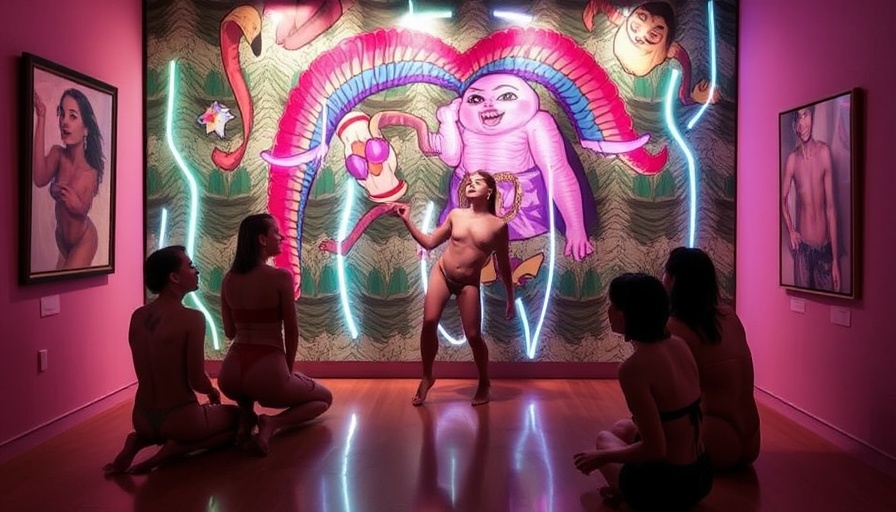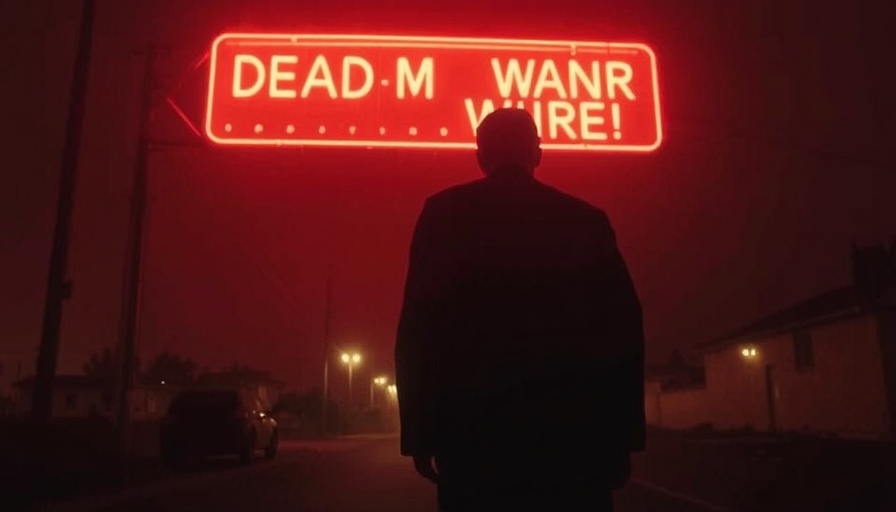
Revolutionary Artistry: Francis Ford Coppola's Bold Stand Against Industry Norms
In an industry often criticized for its rigid adherence to formulaic approaches, legendary filmmaker Francis Ford Coppola embraced the less-than-flattering attention bestowed upon his latest project, Megalopolis. Nominated for multiple Golden Raspberry Awards, or Razzies, Coppola expressed his joy in accepting these dubious honors, viewing them as a badge of courage in a cinematic landscape that rewards conformity. "I chose to NOT follow the gutless rules laid down by an industry so terrified of risk... that may not create pictures that will be relevant and alive 50 years from now," he stated on Instagram, underlining a refreshing philosophy towards art that resonates with many creators today.
Why Megalopolis Matters: More Than Just Awards
Despite earning only $14 million against a hefty production budget of $120 million, Coppola’s Megalopolis has instigated discussions about artistic integrity and the pressures of financial success overshadowing creative expression. The film, described by some as a personal statement, challenges conventional storytelling and themes, drawing parallels with historical events such as the Roman coup attempt by Catiline. This ambition to create something new, despite the high risk of failure, echoes throughout cinema's storied past and serves as a reminder that true innovation requires courage.
The Creative Landscape: Lessons from the Past and Present
Coppola’s reference to Jacques Tati—a filmmaker who poured his resources into creating what is now considered a classic failure—highlights a historical precedent for creative risk-taking. By recognizing the importance of artistic failures, Coppola aligns himself with a long line of history-makers who chose passion over profit. Megalopolis invites filmmakers and audiences alike to rethink what success and failure mean in the realm of storytelling.
Counterarguments: The Critic's Response to Artistic Vision
While Coppola's view emphasizes creative freedom, critics argue that financial performance is essential in determining a film's impact. The stark contrast between his artistic ambitions and the commercial reality reflects a larger debate in the film industry: Should art be judged solely by box office numbers? Perhaps, beyond the ratings and awards, lies the subtlety of artistic expression and the cultural value of storytelling that isn’t bound by traditional metrics.
The Contemporary Filmmaker's Battle: Risk vs. Reward
As young filmmakers look up to established icons like Coppola, it’s essential to recognize the systemic structures that often place immense pressure on creative talents. The current state of the film industry suggests a growing concern; how many future classics may never see the light of day due to fear of financial failure? Coppola urges a renaissance in sincerity, a movement where passion and invention rise above the fear of mediocrity.
Impacts on Future Filmmaking: New Perspectives on Success
As we analyze Coppola’s sentiments, one can assert that the future of cinema could benefit from a renewed focus on intrinsic motivation rather than extrinsic validation. Learning from Coppola’s journey, emerging filmmakers might find inspiration to pursue their artistic visions despite potential pitfalls. The ultimate goal remains: to speak truthfully and boldly, regardless of the industry's transient metrics.
 Add Row
Add Row  Add
Add 




Write A Comment